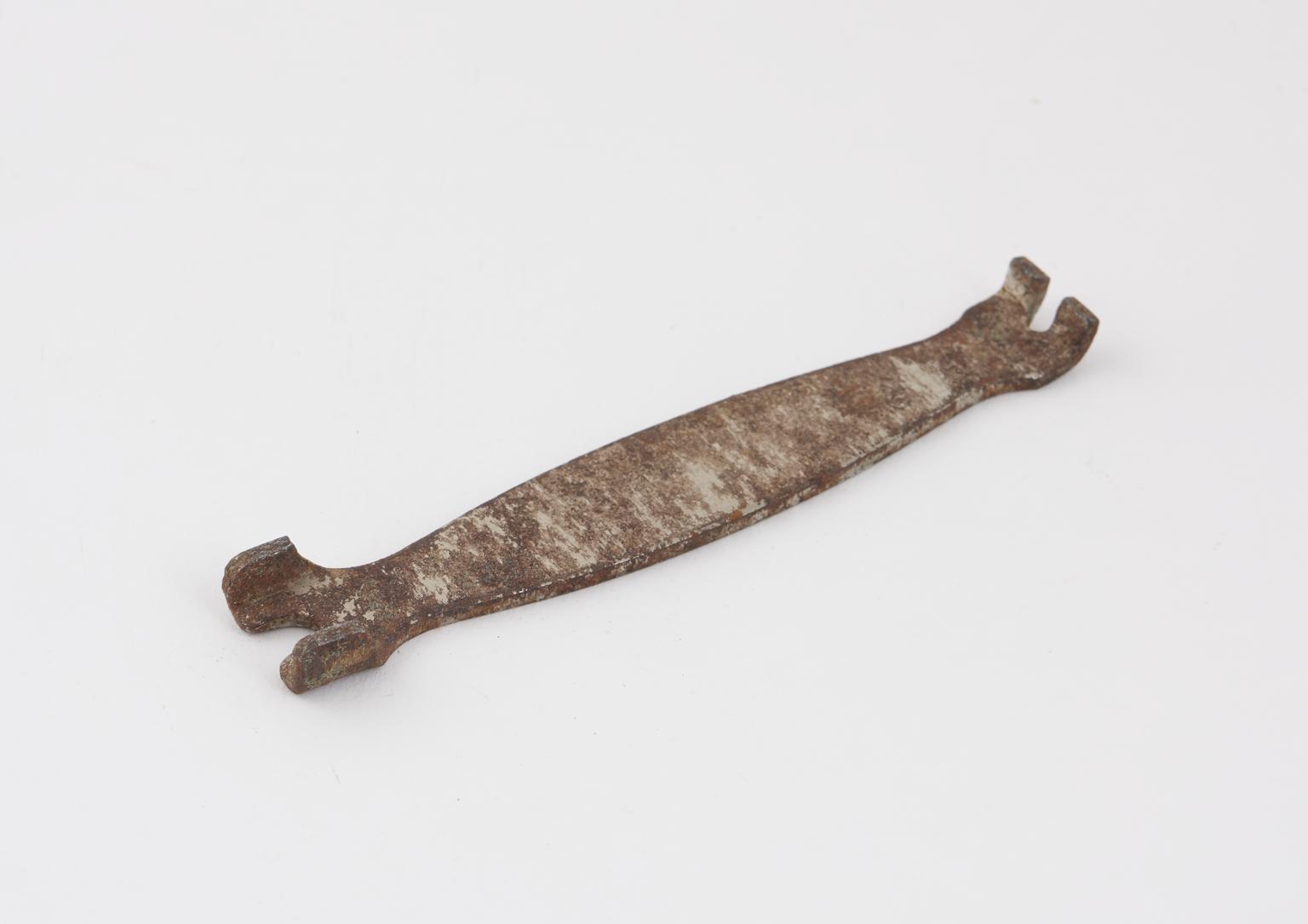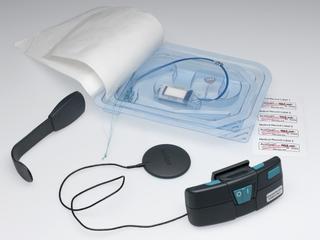



"Oxypathor", a quack device for increasing the body's absorbtion of oxygen, Canadian, 1910-1920
The Oxypathor was a ‘quack’ device designed by E. L. Moses of Buffalo United States. It allowed the body to absorb extra oxygen via a cord attached to the wrist and ankle. Attached to this cord and placed in a bowl of water was a sealed metal cylinder containing sand or carbon, or sometimes nothing. The all-curing device supposedly helped conditions such as diphtheria, blood disorders, catarrh, kidney trouble, heart trouble, gallstones, blood poisoning, pneumonia, typhoid fever and ‘most forms of paralysis.’ The American Post Office Department won a criminal fraud case against Moses in 1915. He was sentenced to 18 months in jail for promoting quack devices.
Details
- Category:
- Therapeutics
- Collection:
- Sir Henry Wellcome's Museum Collection
- Object Number:
- A625572
- Materials:
- instrument, nickel plated, instrument, cloth, instrument, string, case, aluminium, case, cork, box, paper and box, metal
- Measurements:
-
overall: 224 mm x 105 mm x 86 mm, .922kg
- credit:
- Wadsworth, F






